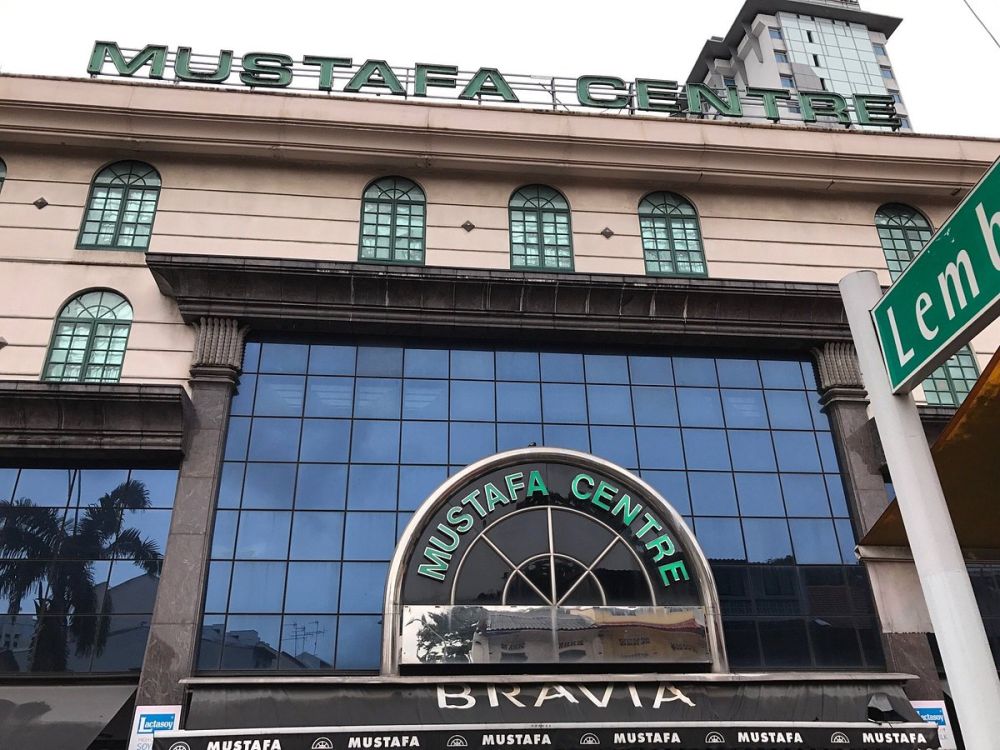

Mustafa Centre, located in the vibrant district of Little India, Singapore, is a legendary shopping destination renowned for its round-the-clock operations. Established by Mustaq Ahmad in 1971, this iconic department store started as a modest retail corner in Campbell Lane, selling garments. With a keen business sense and dedication to customer service, the Mustafa phenomenon quickly grew into the behemoth it is today, becoming an indispensable part of Singapore’s retail landscape.
The Centre now sprawls over several buildings, offering an extensive range of products from electronics, watches, and jewellery to food items and household appliances. Its 24-hour operation makes it a unique shopping experience for both locals and tourists, allowing the convenience of shopping at any time of the day or night.
Little India is a buzzing historic area that shows off the best of Singapore’s Indian community from vibrant culture to incredible shopping. The colourful streets are lined with traditional shop houses selling spices, saris, and trinkets, alongside modern cafes and boutiques. Visitors can explore the Sri Veeramakaliamman Temple, one of Singapore's oldest Hindu temples, or indulge in the aromatic dining options that line the busy streets.
Singapore’s journey as a tourism hotspot dates back to the colonial era when it was a layover point for long-haul flights from Europe to Australasia. The real thrust in tourism came after its independence in 1965 when the government recognized the sector’s potential for national growth. Through strategic development, including the establishment of the Singapore Tourist Promotion Board (STPB) in 1964, the country enhanced its infrastructure and attractions significantly.
In the following decades, with the unveiling of landmarks such as the Merlion, and the opening of world-class facilities like Changi Airport, tourism flourished. The recent trend in tourism has been the integration of sustainable practices and the development of digital infrastructure catering to the new-age traveler, as seen with the Smart Nation initiative. Singapore has consistently stayed ahead of the curve by introducing attractions such as Gardens by the Bay and the Marina Bay Sands integrated resort.
Tourism in Singapore is always evolving, and in recent years, there has been a marked shift towards experiential travel. Tourist preferences have changed from traditional sightseeing to immersive local experiences. Hence, attractions like Mustafa Centre in Little India have gained popularity, offering an authentic slice of the country’s multi-cultural vibrancy.
Another growing trend is eco-tourism, with Singapore focusing on green tourism and promoting its green spaces, such as the UNESCO World Heritage-listed Singapore Botanic Gardens. Wellness tourism is also on the rise, propelled by an increased global interest in health and well-being.
In response to global events, Singapore has been quick to adapt with enhanced health and safety measures, ensuring a safe environment for tourists. The country has been leveraging technology through apps and virtual experiences to cater to the needs of the next-gen traveler.
As a shopping paradise, a cultural melting pot, and a leader in innovative tourism development, Singapore continues to offer a dynamic and memorable experience to all who visit, with attractions like Mustafa Centre standing as testaments to its diverse appeal.